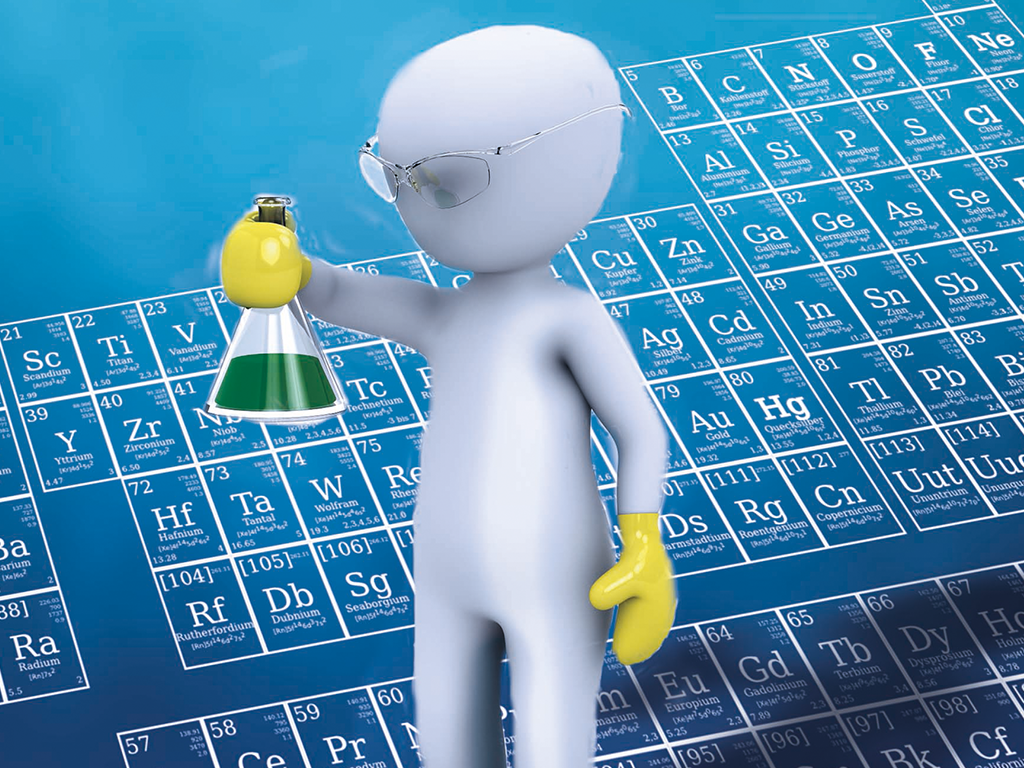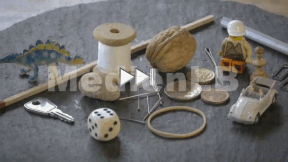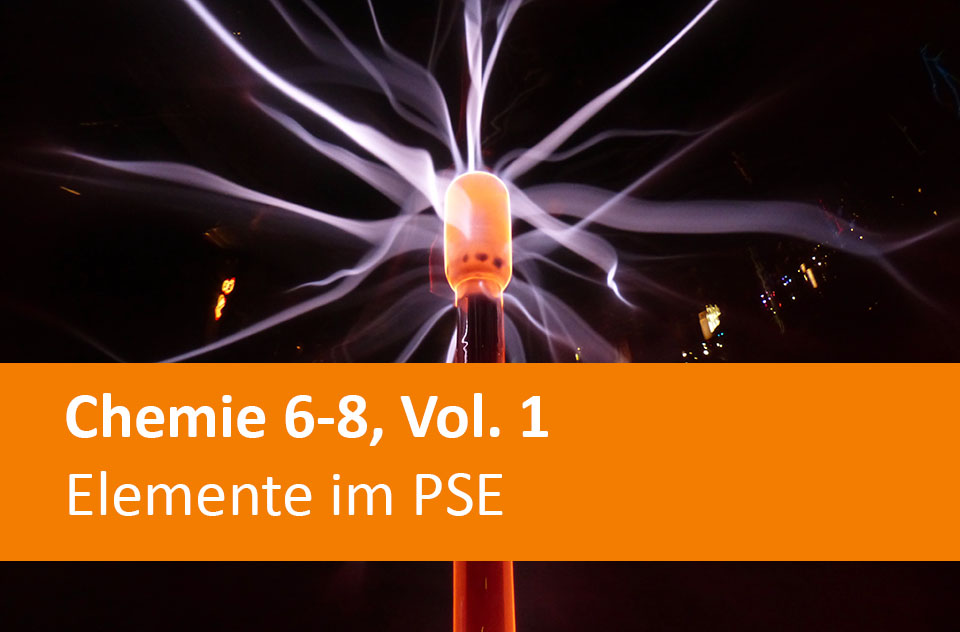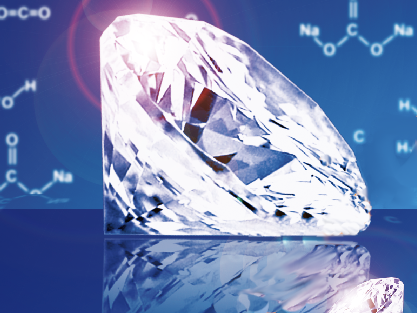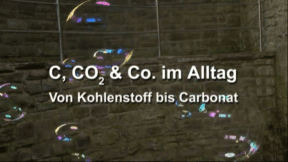
55503282
Periodensystem der Elemente
In 10 interaktiven H5P-Modulen wird Wissen zum Thema Periodensystem der Elemente eingeübt und anschließend abgefragt.
Das Medium bietet H5P-Aufgaben an, die ohne zusätzliche Software verwendbar sind.
Durch interaktive Aufgabentypen wird das audiovisuelle und interaktive Lernen einfach.
Lernen macht jetzt Spaß!
Included Tasks
- I Entstehung des PSE - interaktive Aufgaben
- II Periodensystem kennenlernen - interaktive Aufgaben
- III Gruppen und Perioden - interaktives Video
- IV Elementkarten beschriften - interaktive Aufgabe
- V Protonen; Elektronen; Neutronen - interaktives Video
- VI Bauplan der Atome - interaktive Aufgabe
- VII Symbole; Namen; Aggregatzustände - interaktive Aufgabe
- VIII Außenelektronen; Schalen; Elemente - Dialogkarten
- IX PSE-Wissen prüfen - interaktive Fragen
- X PSE-Quiz - interaktive Aufgabe
Curriculum-centred and oriented towards educational standards
Matching
Periodic Table
With the help of the periodic system chemists can predict properties of chemical elements and derive chemical reactions. But you need not be a chemist to understand the periodic system.
Elemente im PSE
In unserem Arbeitsheft Chemie 6-8, Vol. 1 – Elemente im PSE finden Sie 50 interaktive und didaktisch aufbereitete Aufgaben.
C, CO2 and Associates in Everyday Life
All organic matter contains carbon. Coal is deposited in the Earth's interior. It developed about 300 million years ago from plants in a geological period which is also called Carboniferous. During the combustion of organic matter, carbon turns into the gas carbon dioxide. Dissolved in water, it becomes the so-called carbonic acid. Carbon dioxide is an incombustible, colourless and odourless gas that is easily dissolved in water. With various metal oxides or hydroxides it forms two types of salts: the carbonates and the hydrogen carbonates. As calcium carbonate it is contained in natural products such as chalk and egg shells. Specific forms of carbon, called modifications, are graphite and also the particularly valuable diamond.




